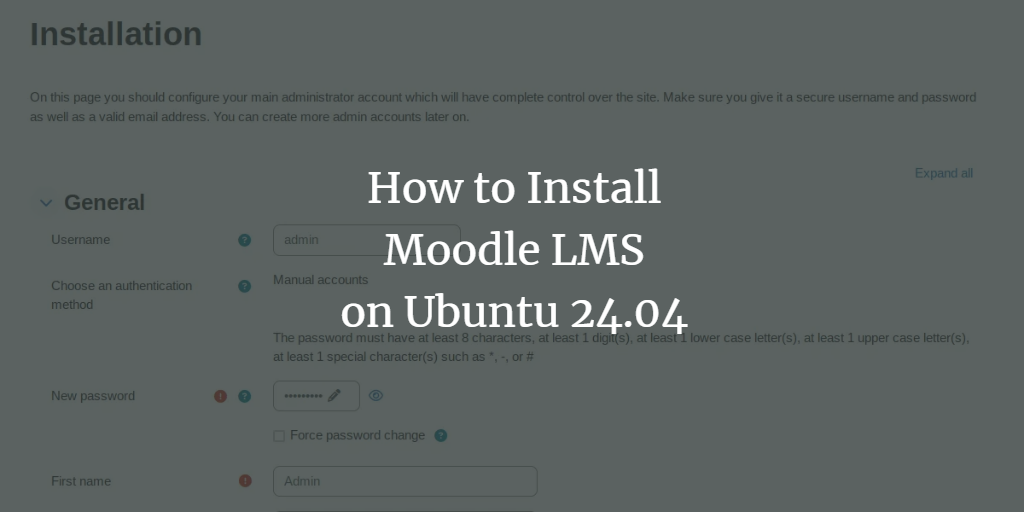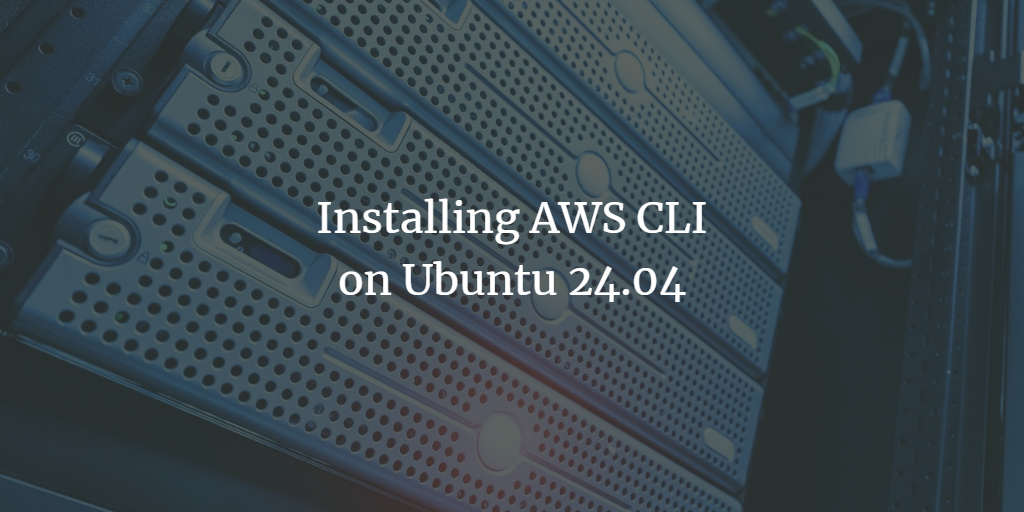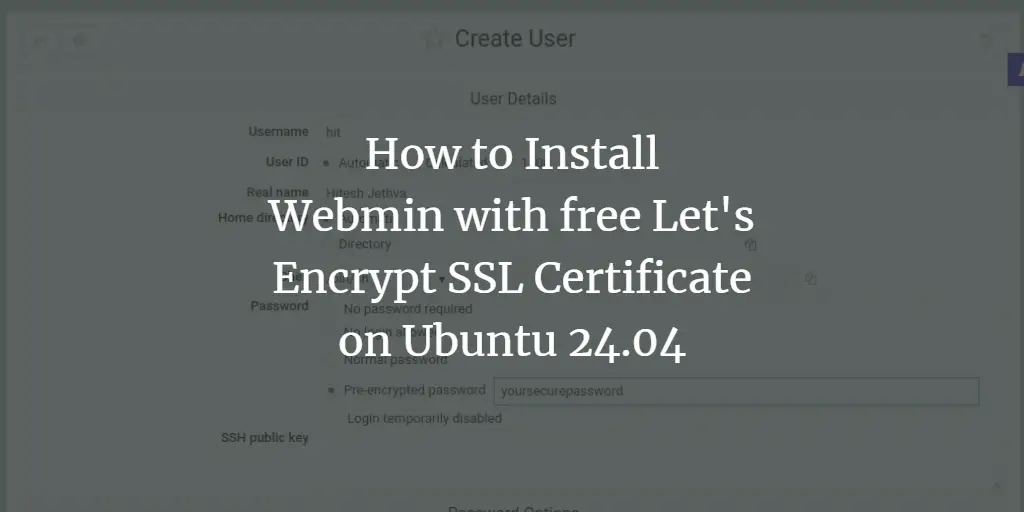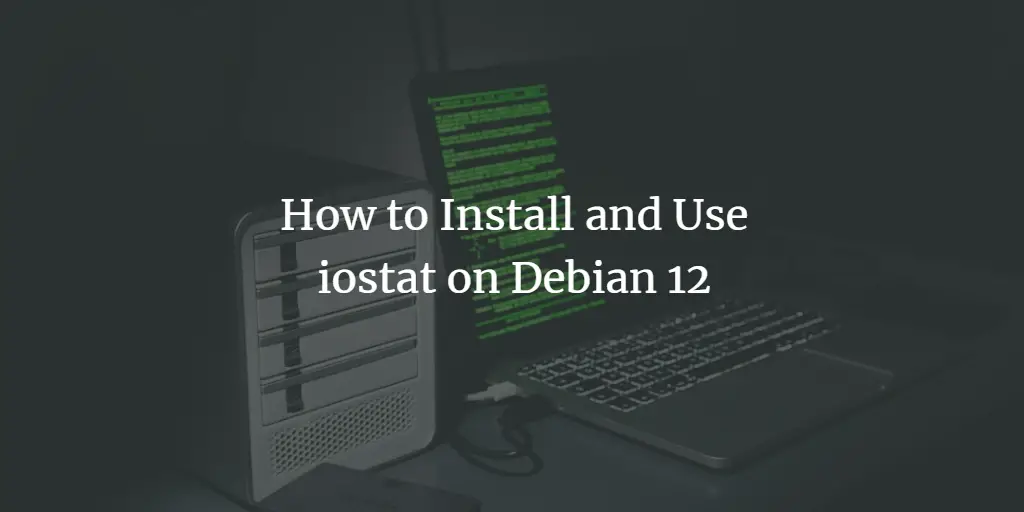HowtoForge provides user-friendly Linux tutorials.
-
Dynamic vs. Static IP Addresses: A Guide for Novice Linux Users
Author: howtoforge • Tags: linux, networking • Comments: 1 • Published: Sep 11, 2024Understanding the difference between dynamic and static IP addresses is crucial whether you're working on a home network, setting up a server, or just learning the ropes of Linux networking. This guide will walk you through the concepts of dynamic and static IP addresses, their advantages and disadvantages, and when to use each one.
-
Understanding Network Interface Ports in Linux
Author: howtoforge • Tags: linux, networking • Comments: 0 • Published: Sep 10, 2024A network interface is a software or hardware component that enables a Linux system to connect to a network. This connection allows your device to communicate with other devices over a network, whether it’s a local area network (LAN) or the broader internet.
-
How to Install Moodle LMS on Ubuntu 24.04 Server
Author: Arvid L • Tags: linux, server, ubuntu, web server • Comments: 0 • Published: Sep 03, 2024Moodle is a popular open-source platform used by educational institutions worldwide for creating online courses, managing content, and facilitating collaborative learning.
-
-
Installing AWS CLI on Ubuntu 24.04
Author: howtoforge • Tags: linux, server, ubuntu • Comments: 0 • Published: Sep 02, 2024The AWS Command Line Interface (CLI) is a unified tool designed to manage and interact with Amazon Web Services (AWS) resources from the command line. Below is a step-by-step guide to installing the AWS CLI on Ubuntu 24.04.
-
How to Install Suricata IDS on Ubuntu 24.04 Server
Author: Arvid L • Tags: linux, security, server, ubuntu • Comments: 0 • Published: Aug 30, 2024Suricata is an open-source IDS (Intrusion Detection System) and IPS (Intrusion Prevention System) developed by OSIF (open infosec foundation). It can monitor and examine network traffic and process every packet to detect malicious network activity.
-
Understanding the Command Line Processor in Linux
Author: howtoforge • Tags: linux, shell • Comments: 0 • Published: Aug 30, 2024The command line processor, often called the command line interface (CLI), command shell, or simply the terminal, is a vital tool for interacting with Linux and other Unix-like operating systems. This article shows the command-line processor's importance in Linux, how it works, and how to use it effectively.
-
How to Install ONLYOFFICE Docs on Ubuntu 24.04
Author: Arvid L • Tags: debian, ubuntu • Comments: 0 • Published: Aug 30, 2024ONLYOFFICE Docs or Document Server is an online office suite that can be installed on your local server. This guide shows you how to deploy the ONLYOFFICE Document Server on an Ubuntu 24.04 server, with PostgreSQL as the database and Nginx as a reverse proxy. You'll also secure the ONLYOFFICE Docs with HTTPS through Certbot and Letsencrypt.
-
How to Install Webmin with free Let's Encrypt SSL Certificate on Ubuntu 24.04
Author: Hitesh Jethva • Tags: control panels, linux, ubuntu • Comments: 1 • Published: Aug 30, 2024Webmin is a web-based application for managing Linux-based operating systems. In this tutorial, we will show you how to install Webmin and secure it with Let's Encrypt on Ubuntu 24.04 server.
-
How to Install and Use SFTP on Linux Servers
Author: Arvid L • Tags: centos, debian, linux, security, server, ubuntu • Comments: 3 • Updated: Aug 29, 2024SFTP or SSH File Transfer Protocol is a method for securely transferring data between computers. In this guide, you will learn how to set up SFTP Server on a Linux system.
-
How to Install and Use iostat on Debian 12
Author: howtoforge • Tags: debian, linux, server • Comments: 0 • Published: Aug 27, 2024iostat is a command-line tool used in Linux to monitor system input/output (I/O) device loading by observing the time devices are active in relation to their average transfer rates.










